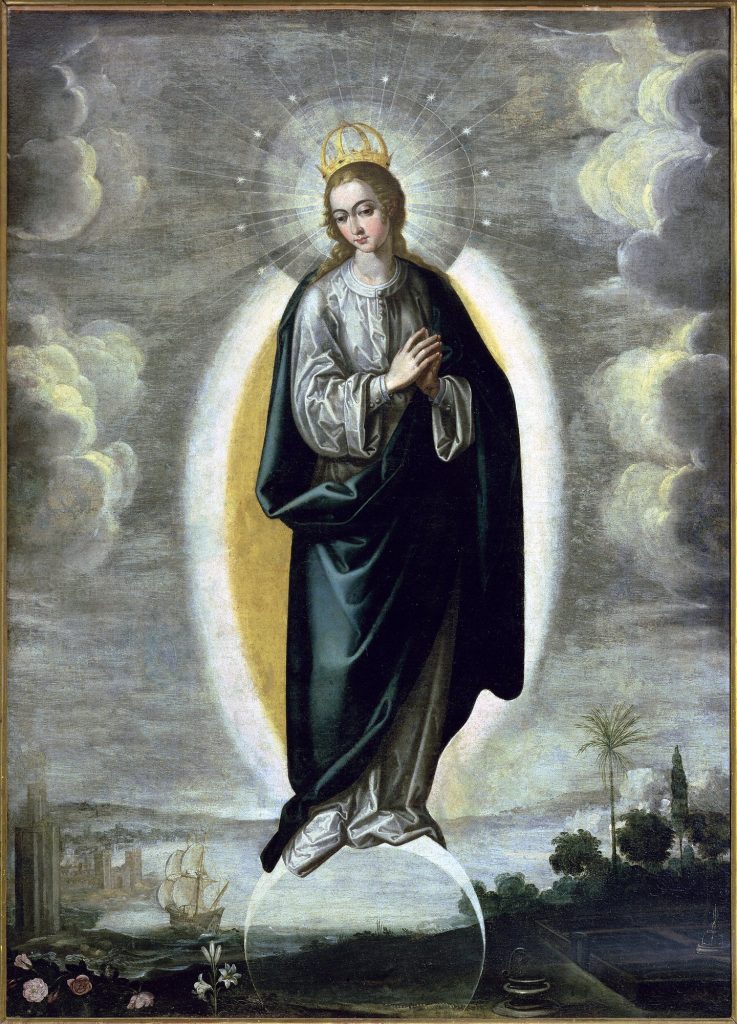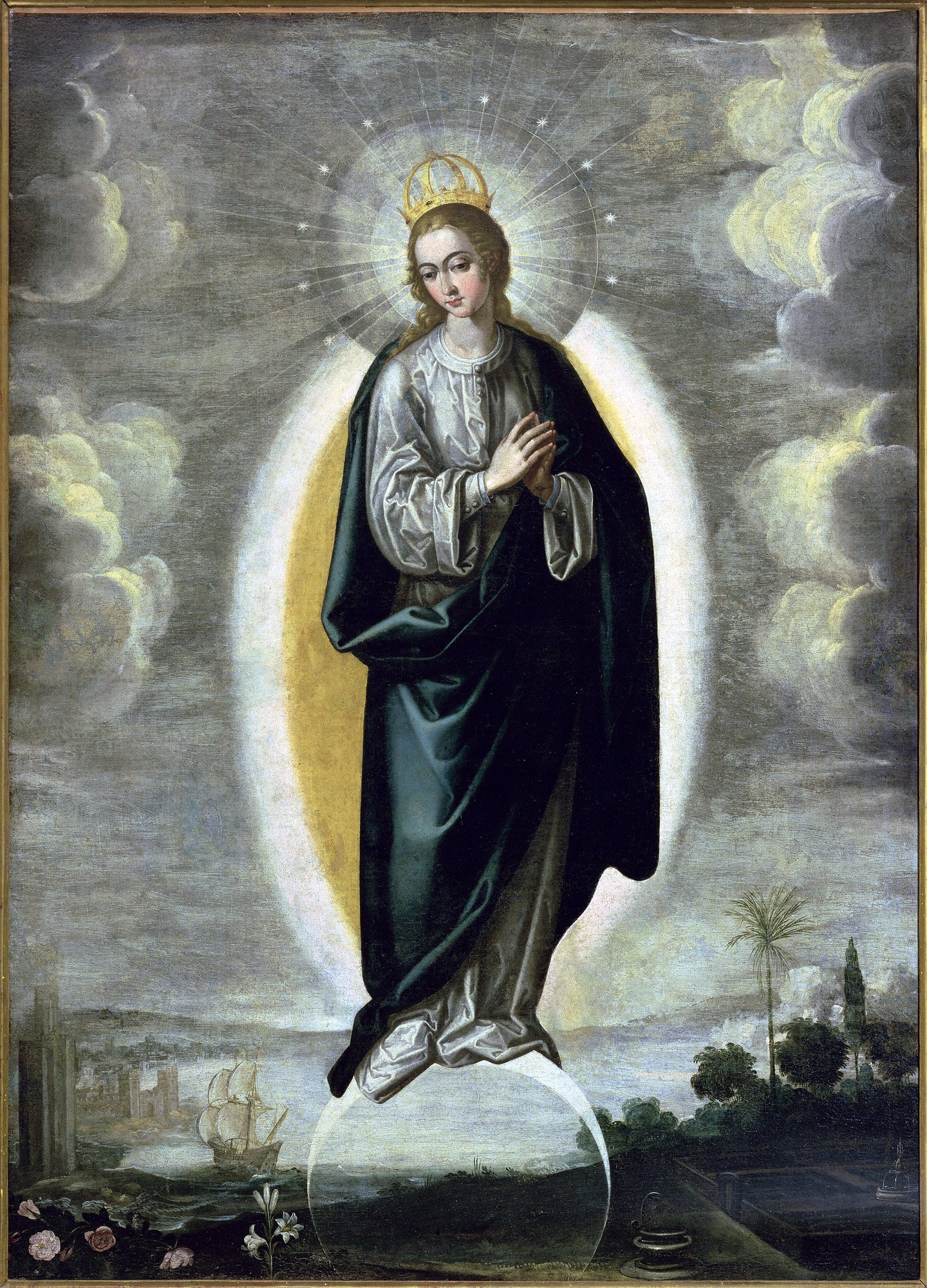
Ancient Etruscan Tomb, 2,500 Years Old, Discovered in Italy with Immaculate Wall Paintings

Ancient Heritage Discovered: Lively Etruscan Murals Uncover Insights into a 2,500-Year-Old Metalworking Lineage
Prior to the establishment of the Roman Empire, the Italian region was a vibrant mosaic of cultures and societies. Among the most significant was the Etruscan civilization, which thrived in central Italy from the 8th to the 3rd centuries BCE. Although they were ultimately absorbed into the growing Roman Republic by 90 BCE, the remnants of Etruscan culture continue to echo today through archaeological discoveries spread throughout Italy. A recent and remarkable find at the Tarquinia necropolis has provided thrilling new insights into everyday life and vocational characteristics in ancient Etruria.
Discovering a Snapshot of Etruscan Existence
This month, a group of archaeologists revealed an Etruscan tomb previously unknown at the Tarquinia necropolis in central Italy, celebrated for its abundance of remarkably preserved burial sites. Dated to approximately 2,500 years ago, the tomb showcases exquisite wall paintings that have astonishingly retained their vibrancy over the centuries. Tarquinia, recognized as a UNESCO World Heritage site, is famous for its ancient wall artworks, yet only around 200 of the 6,500 tombs there feature painted decor — and merely a few dozen illustrate human activities.
The artwork found within this particular tomb includes depictions of a congregation of dancers accompanied by a flautist and a seated woman flanked by two men — potentially representing the deceased. What differentiates this tomb from others is the uncommon portrayal of a metal workshop. As noted by Daniele Federico Maras, director of the National Archaeological Museum of Florence and head of the excavation, such imagery offers a rare and significant insight into the economic life of those buried in the tomb.
“The representation of a distinctive scene of smithy… provides us with a glimpse into the financial sources of this family’s wealth, which was evidently tied to the metal management trade,” Maras informed Live Science.
A Clan of Expert Metalworkers?
The depicted workshop scene implies that the individual commemorated in the artwork was likely a member of — or descended from — a lineage of metalworkers. This aligns with existing indications that the Etruscans excelled in metallurgy, particularly in bronze and iron, due to the region’s rich mineral deposits. Evidence of their artistry is still visible in Etruscan jewelry, weaponry, and tools housed in museums throughout Europe.
While the wall paintings are largely preserved, the tomb itself exhibits evidence of pillaging. It lacks inscriptions, human remains, or grave items—standard components of Etruscan burial traditions believed to assist the deceased in the afterlife. Furthermore, this tomb is situated under another older tomb that had caved in, contributing to its delicate state.
Technological Endeavors to Safeguard History
A multidisciplinary examination of the tomb and its artworks is now in progress. Archaeologists are utilizing cutting-edge imaging techniques — including multispectral imaging — to detect pigments that may have faded or vanished over time. This method will aid in reconstructing the original color palette of the artwork and offer deeper understanding of Etruscan artistic selections and symbolic meanings.
The brilliance of the uncovered paintings and their distinctive subject matter not only enhance contemporary understanding of Etruscan funerary customs but also allude to broader societal dynamics — providing a glimpse into the occupational identities that influenced Etruscan communities.
A Civilization to Remember
Despite being historically overshadowed by the Romans, the Etruscans made lasting impacts on Mediterranean culture. They shaped Roman religion, urban design, and even the Latin alphabet, which derived from Etruscan script. Discoveries like the Tarquinia tomb highlight the complexity and richness of this once-flourishing civilization.
The Tarquinia necropolis remains an archaeological goldmine for scholars and history aficionados alike. With every new discovery, we make further strides toward grasping a civilization that, although largely forgotten in historical narrative, laid foundational stones for ancient Rome—and consequently, Western culture.
As additional studies progress, the colorful walls of this tomb may continue to unveil more stories—of craftsmanship, family, and the interplay of life, death, and economy in ancient Etruria.
Further Reading:
– Vatican Museums Open Ancient Roman Necropolis of ‘Via Triumphalis’ to the Public
– Archaeologists Discover 24 Ancient Bronze Statues in Tuscan Spa
– 4,100-Year-Old Tomb of Ancient Egyptian Royal Physician Unearthed in Saqqara
Sources:
– Etruscan Civilization — World History Encyclopedia
– 2,500-year-old painted tomb with ‘unique scene of smithy’ discovered at Etruscan necropolis in Italy — Live Science
– Vivid Wall Paintings Unearthed at a 2,500-Year-Old Etruscan Necropolis in Italy — Smithsonian Magazine